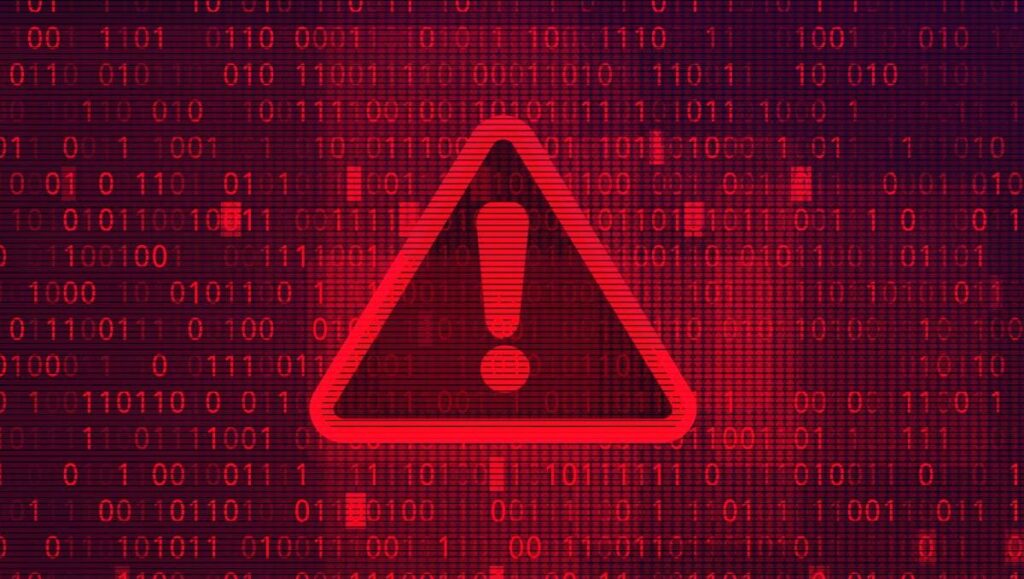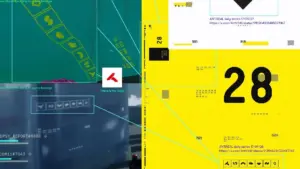
In a development that has sent shockwaves through the cybersecurity community, a newly disclosed vulnerability in Windows has been described as a “loaded gun” pointed at organizations worldwide. Known as CVE-2025-47981, this heap-based buffer overflow vulnerability in Windows SPNEGO Extended Negotiation is causing significant alarm among analysts and security experts following its disclosure in Microsoft’s latest Patch Tuesday update.
The vulnerability, rated as critical with a severity score of 9.8, allows attackers to execute code remotely, posing a severe threat to systems globally. Benjamin Harris, founder and CEO of watchTowr, emphasized the potential impact, stating that it “has the unfortunate hallmarks of becoming a significant problem.”
Understanding the Threat
CVE-2025-47981 targets SPNEGO, a fundamental protocol used for negotiating authentication on critical services such as SMB, RDP, and IIS. These services are often exposed to the internet, making them prime targets for exploitation. The vulnerability is particularly concerning due to its “wormable” nature, meaning it could be used in self-propagating malware, reminiscent of the infamous WannaCry attack.
According to Microsoft, no prerequisites are required for exploiting this vulnerability, and no authentication is necessary—only network access is needed. This ease of exploitation has led Microsoft to categorize the likelihood of exploitation as “More Likely.”
“Defenders need to drop everything, patch rapidly, and hunt down exposed systems,” Harris warned, highlighting the urgency of the situation.
Expert Opinions and Urgent Recommendations
Saeed Abbasi, senior manager for security research at the Qualys Threat Research Unit, echoed these concerns, describing the vulnerability as more than just a bug. “This isn’t just a bug – it’s a loaded gun pointed at your organisation,” Abbasi stated, underscoring the critical nature of the threat.
Abbasi advised organizations to patch within 48 hours, prioritizing internet-facing or VPN-reachable assets. For those unable to patch immediately, he recommended disabling “Allow PKU2U authentication requests” via Group Policy and blocking inbound ports 135, 445, and 5985 at the network edge.
“Once inside, the exploit can pivot to every Windows 10 endpoint that still has the default PKU2U setting enabled. We expect NEGOEX exploits to be weaponised within days, so attacks are imminent,” Abbasi cautioned.
Historical Context and Implications
This development follows a series of high-profile vulnerabilities that have plagued Windows systems over the years. The WannaCry ransomware attack of 2017, which exploited a similar vulnerability, resulted in widespread disruption and highlighted the critical need for timely patching and robust cybersecurity measures.
The current situation underscores the ongoing battle between software developers and malicious actors. As vulnerabilities continue to be discovered and exploited, the pressure on organizations to maintain up-to-date security measures intensifies.
The implications of CVE-2025-47981 are far-reaching. Organizations must act swiftly to mitigate the risk, as failure to do so could result in significant operational disruptions, financial losses, and damage to reputation.
Looking Ahead: The Path to Mitigation
The move to address this vulnerability represents a critical juncture for cybersecurity teams worldwide. As organizations scramble to patch affected systems, the broader cybersecurity community is calling for increased vigilance and proactive measures to prevent future incidents.
Meanwhile, experts advise that beyond immediate patching, organizations should invest in comprehensive security training for their IT staff, conduct regular security audits, and implement multi-layered defense strategies to protect against evolving threats.
As the world becomes increasingly digital, the importance of cybersecurity cannot be overstated. The disclosure of CVE-2025-47981 serves as a stark reminder of the vulnerabilities inherent in modern technology and the need for constant vigilance and preparedness.
In conclusion, while the immediate focus is on mitigating the current threat, the broader lesson is clear: cybersecurity is a continuous process that requires constant attention and adaptation to an ever-changing landscape.







